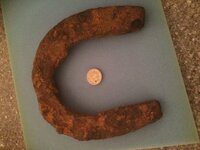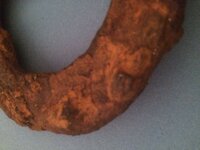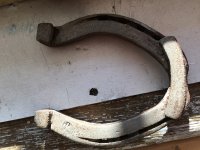cdsieg
Bronze Member
- Mar 31, 2011
- 1,019
- 122
- Detector(s) used
- Minelab X-Terra 705 Gold
- Primary Interest:
- All Treasure Hunting
Just wondering how you date horseshoes? 
I am sure someone is thinking... "Just ask it out" LOL so I thought I'd beat you to that one!

I am sure someone is thinking... "Just ask it out" LOL so I thought I'd beat you to that one!














